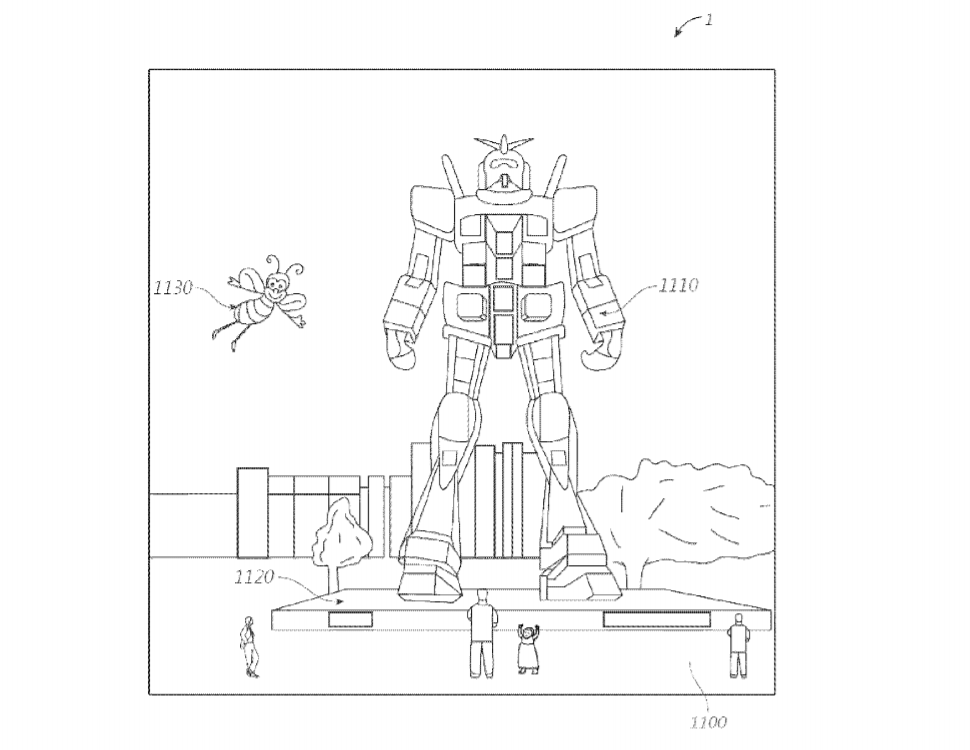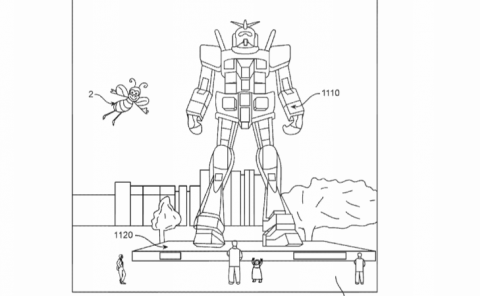Magic Leap Patent | Imaging modification, display and visualization using augmented and virtual reality eyewear
Patent: Imaging modification, display and visualization using augmented and virtual reality eyewear
Publication Number: 20190011703
Publication Date: 2019-01-10
Applicants: Magic Leap

Abstract
A display system can include a head-mounted display configured to project light to an eye of a user to display augmented reality image content to the user. The display system can include one or more user sensors configured to sense the user and can include one or more environmental sensors configured to sense surroundings of the user. The display system can also include processing electronics in communication with the display, the one or more user sensors, and the one or more environmental sensors. The processing electronics can be configured to sense a situation involving user focus, determine user intent for the situation, and alter user perception of a real or virtual object within the vision field of the user based at least in part on the user intent and/or sensed situation involving user focus. The processing electronics can be configured to at least one of enhance or de-emphasize the user perception of the real or virtual object within the vision field of the user.
Background
Modern computing and display technologies have facilitated the development of systems for so called “virtual reality” or “augmented reality” experiences, wherein digitally reproduced images or portions thereof are presented to a user in a manner wherein they seem to be, or may be perceived as, real. A virtual reality, or “VR”, scenario typically involves presentation of digital or virtual image information without transparency to other actual real-world visual input; an augmented reality, or “AR”, scenario typically involves presentation of digital or virtual image information as an augmentation to visualization of the actual world around the user. A mixed reality, or “MR”, scenario is a type of AR scenario and typically involves virtual objects that are integrated into, and responsive to, the natural world. For example, in an MR scenario, AR image content may be blocked by or otherwise be perceived as interacting with objects in the real world.
Referring to FIG. 1A, an augmented reality scene 1 is depicted wherein a user of an AR technology sees a real-world park-like setting 1100 featuring people, trees, buildings in the background, and a concrete platform 1120. In addition to these items, the user of the AR technology also perceives that he “sees” “virtual content” such as a robot statue 1110 standing upon the real-world platform 1120, and a cartoon-like avatar character 1130 flying by which seems to be a personification of a bumble bee, even though these elements 1130, 1110 do not exist in the real world. Because the human visual perception system is complex, it is challenging to produce an AR technology that facilitates a comfortable, natural-feeling, rich presentation of virtual image elements amongst other virtual or real-world imagery elements.
Systems and methods disclosed herein address various challenges related to AR and VR technology.



